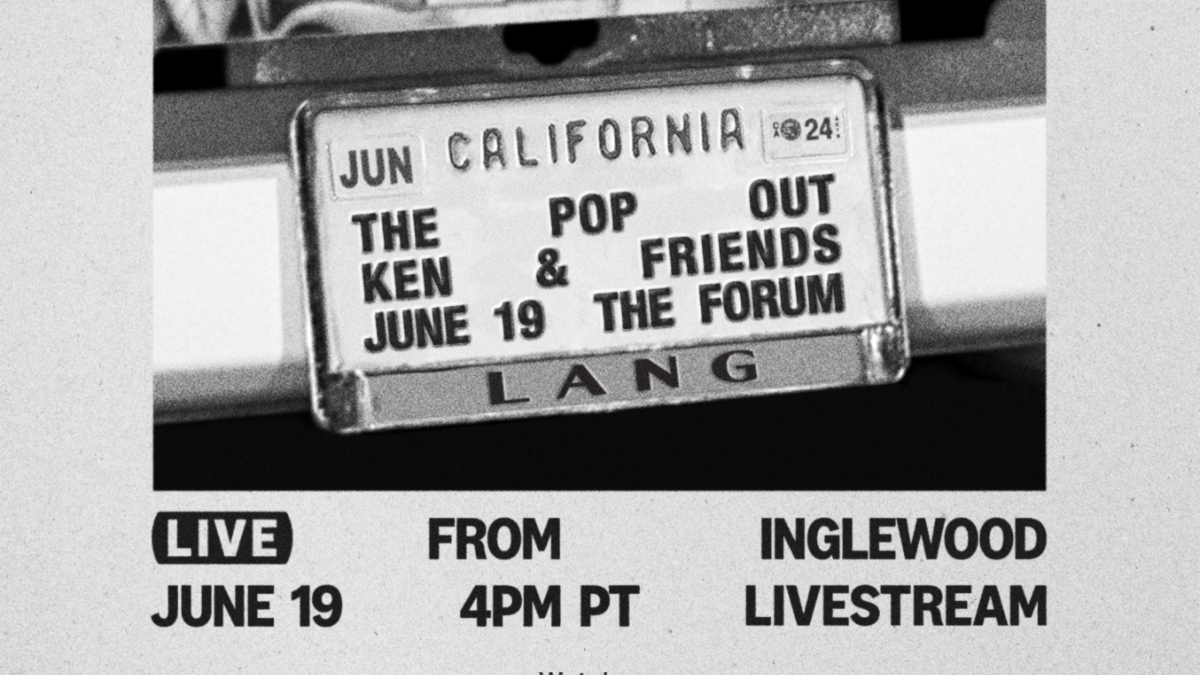Unleash Your Inner Ken Barbie: The Fascinating World of the Pop-Out Ken
In the pantheon of childhood nostalgia, few toys evoke as much excitement as the original Ken doll. Launched in 1961 by Mattel, Ken was the perfect complement to Barbie, his on-again, off-again girlfriend. With his chiseled features and piercing blue eyes, Ken was the epitome of 1960s male machismo. But beneath his sleek, blonde-haired exterior, Ken was more than just a pretty face. He was a cultural icon, a symbol of the changing values of the 1960s, and a testament to the power of consumer culture. In this article, we'll delve into the fascinating world of the pop-out Ken, exploring his origins, his impact on popular culture, and the enduring appeal of this beloved toy.
The Ken doll was the brainchild of Ruth Handler, co-founder of Mattel and the mastermind behind Barbie. Handler was inspired by her daughter's preference for playing with her mother's Barbie dolls, and she saw an opportunity to create a male counterpart. The result was Ken, launched at the American International Toy Fair in New York City in 1961. Initially, Ken was marketed as a hip, cool guy, with a range of fashionable outfits and accessories. He was the ultimate playmate for Barbie, and the two became an iconic couple, synonymous with the values of the 1960s.
One of the most fascinating aspects of the Ken doll is its connection to the changing values of the 1960s. In an era of social upheaval, Ken represented a return to traditional values, a rejection of the counterculture movement and its emphasis on free love and nonconformity. Ken was the ultimate conformist, with his neat, tidy hair and his love of sports and cars. He was the antithesis of the hippie, the embodiment of middle-class America. And yet, despite his conservative values, Ken was also a toy of the times, reflecting the societal anxieties and aspirations of the 1960s.
The Ken doll was a cultural phenomenon, with sales skyrocketing in the early 1960s. Kids everywhere clamored for Ken, and the toy became a staple of American childhood. But Ken's popularity was not limited to the United States. He was exported to countries around the world, becoming a global phenomenon. In Japan, Ken was marketed as a cool, edgy character, with a range of futuristic outfits and accessories. In Europe, Ken was seen as a symbol of American capitalism, a reflection of the rising influence of Western culture.
The Evolution of Ken
Over the years, Ken has undergone many changes, reflecting the shifting values and tastes of the times. In the 1970s, Ken became more athletic, with a range of sports-related outfits and accessories. He was the ultimate action hero, with his love of football, basketball, and surfing. In the 1980s, Ken became more fashion-conscious, with a range of stylish outfits and hairstyles. He was the epitome of 1980s excess, with his love of big hair, neon colors, and oversized clothing.
In the 1990s, Ken underwent a major transformation, becoming more diverse and inclusive. Mattel introduced a range of skin tones, hair textures, and body types, reflecting the changing demographics of the United States. Ken was no longer just a blonde, blue-eyed blonde; he was a global citizen, with a range of cultural backgrounds and perspectives.
The Impact of Ken on Popular Culture
Ken's impact on popular culture has been profound. He has been referenced in countless films, TV shows, and music videos, often as a symbol of 1960s nostalgia or as a commentary on the changing values of the times. In the 1980s, Ken became a cult icon, with his own line of merchandise, including T-shirts, posters, and action figures.
Ken has also been the subject of numerous parodies and spoofs, often as a symbol of masculine sterility or as a commentary on the limitations of traditional masculinity. In the 1990s, Ken became a target for feminist critique, with many arguing that he represented a patriarchal stereotype of masculinity. And yet, despite these criticisms, Ken remains a beloved character, a symbol of the power of consumer culture to shape our values and aspirations.
Ken's Fashion Sense
One of the most fascinating aspects of Ken is his fashion sense. Over the years, Ken has worn a wide range of outfits, from traditional business suits to futuristic space suits. He has been dressed as a rockstar, a sports star, and even a superhero. And yet, despite his eclectic style, Ken has always been a figure of cool, a symbol of masculine elegance and sophistication.
- In the 1960s, Ken wore a range of fashionable outfits, including tailored suits, hats, and sunglasses.
- In the 1970s, Ken became more athletic, wearing sports-related outfits and accessories.
- In the 1980s, Ken became more fashion-conscious, wearing stylish outfits and hairstyles.
- In the 1990s, Ken underwent a major transformation, becoming more diverse and inclusive.
Ken's Impact on Toy Design
Ken's impact on toy design has been significant. He has influenced a range of toys, from action figures to dolls. He has also inspired a range of other brands, including Barbie, G.I. Joe, and Transformers.
- Ken's influence can be seen in the design of other action figures, including G.I. Joe and Transformers.
- Ken has also influenced the design of dolls, including Barbie and American Girl.
- Ken's impact on toy design can be seen in the use of fashionable outfits and accessories, as well as the emphasis on athletic and adventurous play.
Ken's Legacy
Ken's legacy is complex and multifaceted
Chudney Ross
Joan Van Ark
Pamibaby
Article Recommendations
- Is Tony Hinchcliffe Married
- Hisashi Ouchi Real Images
- Madi Ruve
- Marie Temara Fans
- Orlando Browniddy
- Jessica Tarlov Fired
- Diddy Cameroniaz
- Drew Pritchard New Wife
- Sarah Vowell
- Victor Webster



